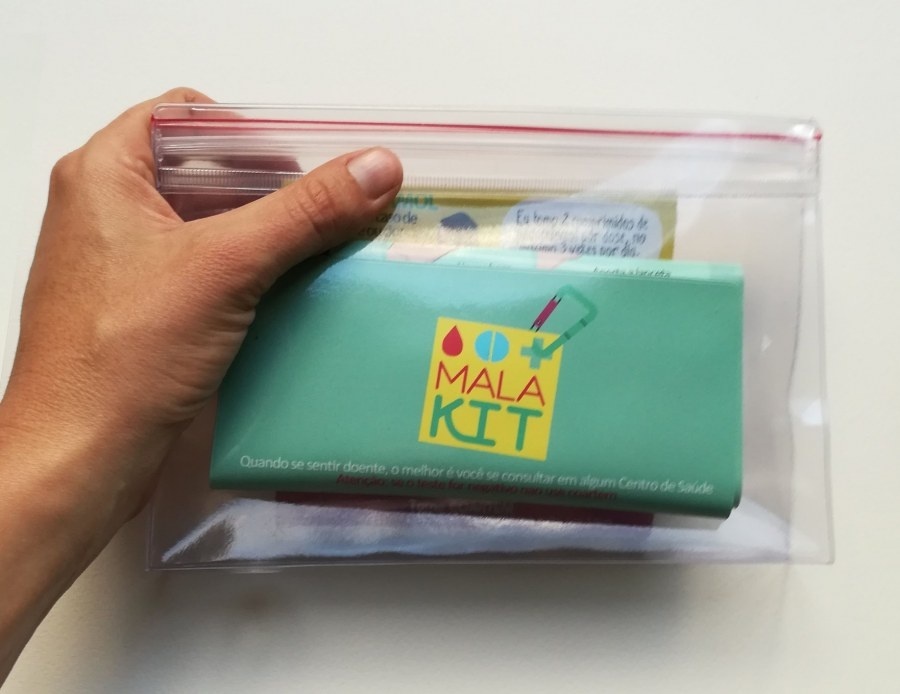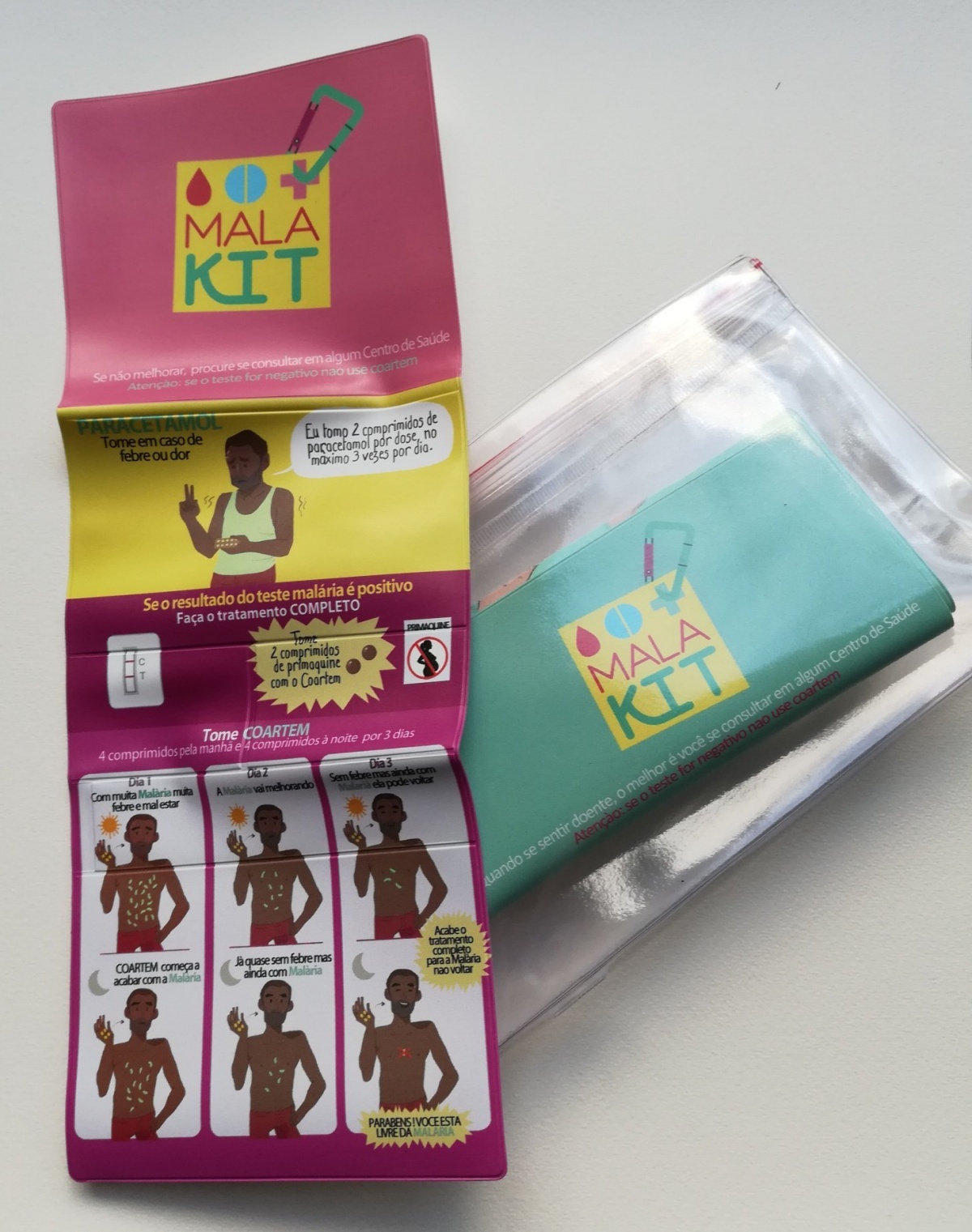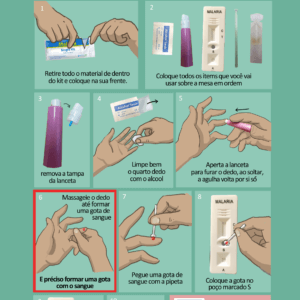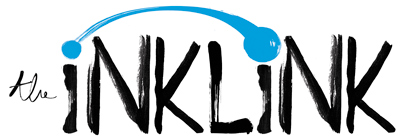Illustrating medical instructions, a case study on self-diagnosis test kit for malaria
An anti-malarial test for gold miners
Gold panners are mobile in the Guiana Plateau region, often living in isolated camps in the Amazon rainforest, far from health centers.
In order to ensure access to anti-malarial tests and treatments, it has been proposed to test the distribution of self-testing and self-treatment kits to gold panners.
Correct treatment is essential to ensure total elimination of the parasite from the body and avoid the development of drug resistance.
A compulsory training course for gold washers is provided when the kit is distributed. However, even if the gold digger demonstrates his ability to carry out the rapid diagnostic test (RDT) correctly during distribution, it is important to ensure that he remembers all the steps when he eventually needs to carry out the test in the drill.
Adapted, illustrated support
This is why the kits were designed with illustrated explanations. However, it was difficult for the designers to perceive the level of understanding of this population, which often has a limited reading level. It was therefore proposed to develop an illustrated care protocol in a participatory manner with these gold miners.
We therefore defined a first "set" of instructions using the materials developed by the TDR producer. These instructions are intended for trained health workers and describe the steps involved in producing an RDT. It was to be expected that these instructions would be poorly adapted to the gold panning public.
We presented these instructions to gold miners and watched how they carried out the test. Whenever a step wasn't clear enough, we redrew the instructions to add or clarify steps. Some steps, which might seem obvious to health professionals, required a great deal of development on the part of the gold miners.
We reproduced the protocol, each time presenting the "improved" instructions, until we had 5 gold washers in a row who completed the entire test without making the slightest error.


Results
This participatory design project enabled us to develop a TDR user manual fully adapted to the target population. Experience has shown that without this work with the gold miners, it was impossible to propose an effective manual.
The method is quick and easy to implement. What's more, the presence of a cartoonist was much appreciated by the audience of gold miners. It clearly demonstrates the interest of the project leaders in the group's expectations.

